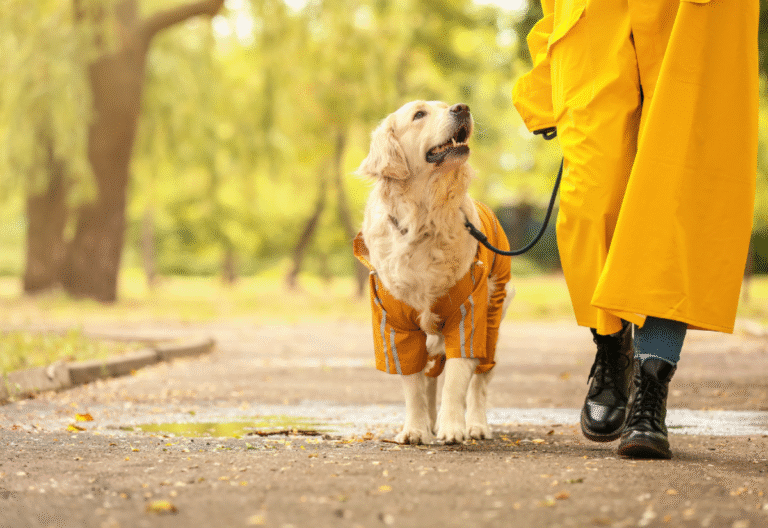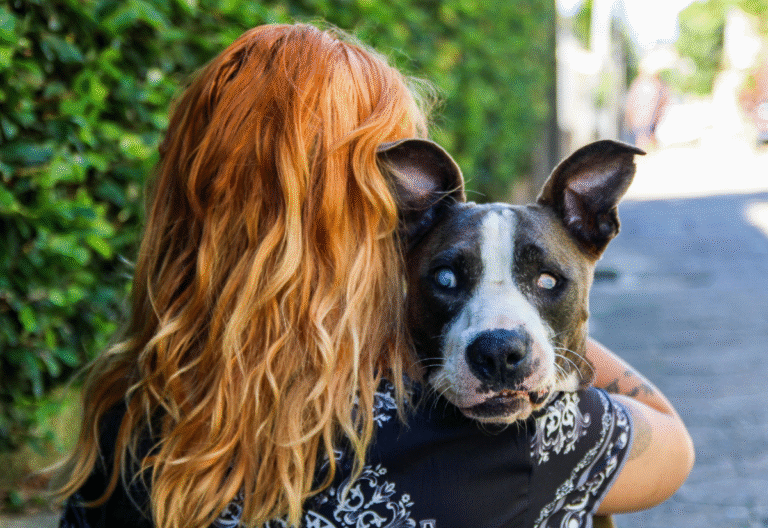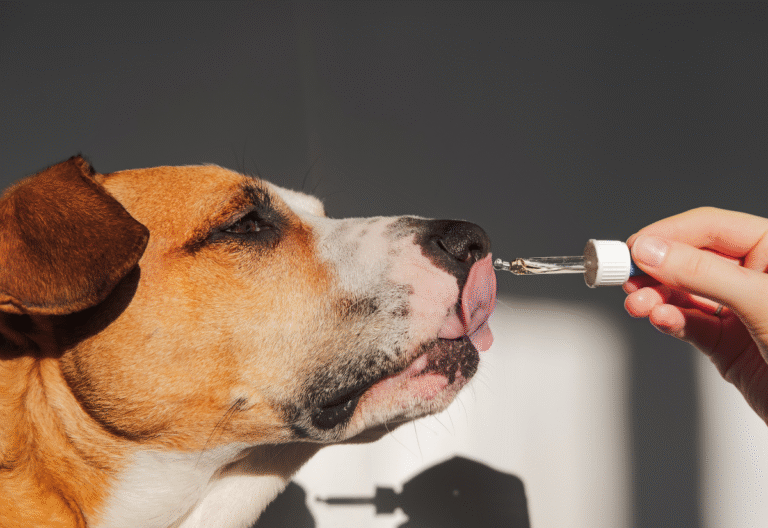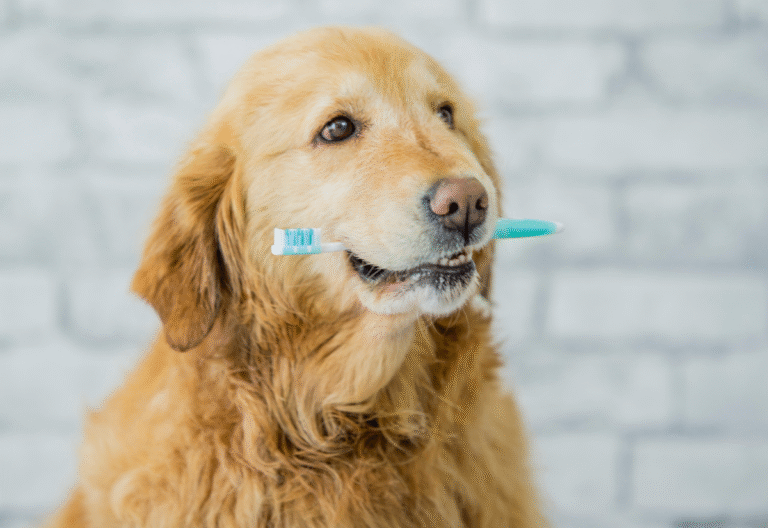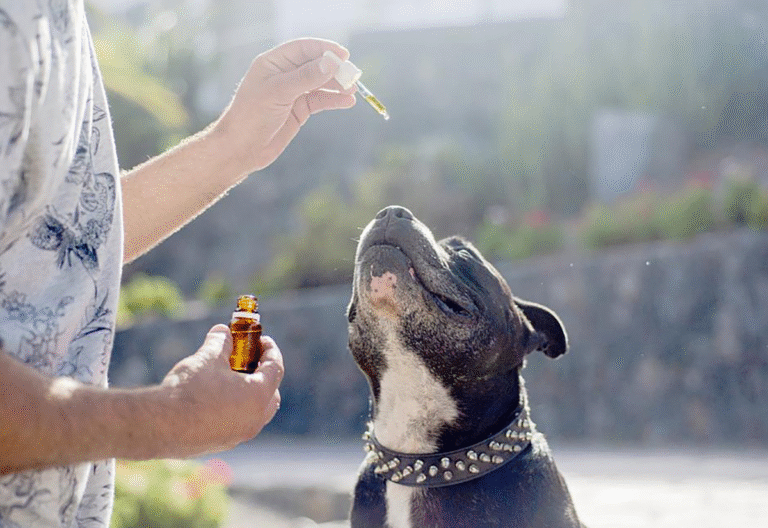Massage Techniques for Senior Dogs with Joint Pain: A Complete Guide to Natural Pain Relief
Watching your faithful companion struggle with stiff joints and mobility issues can be heartbreaking. As dogs enter their golden years, arthritis and joint discomfort become increasingly common, affecting up to 80% of senior dogs. Fortunately, massage techniques for senior dogs with joint pain offer a natural, loving way to provide relief while strengthening your bond with your furry friend.
This comprehensive guide will teach you safe, effective methods to ease your dog’s discomfort and improve their quality of life through the healing power of touch.
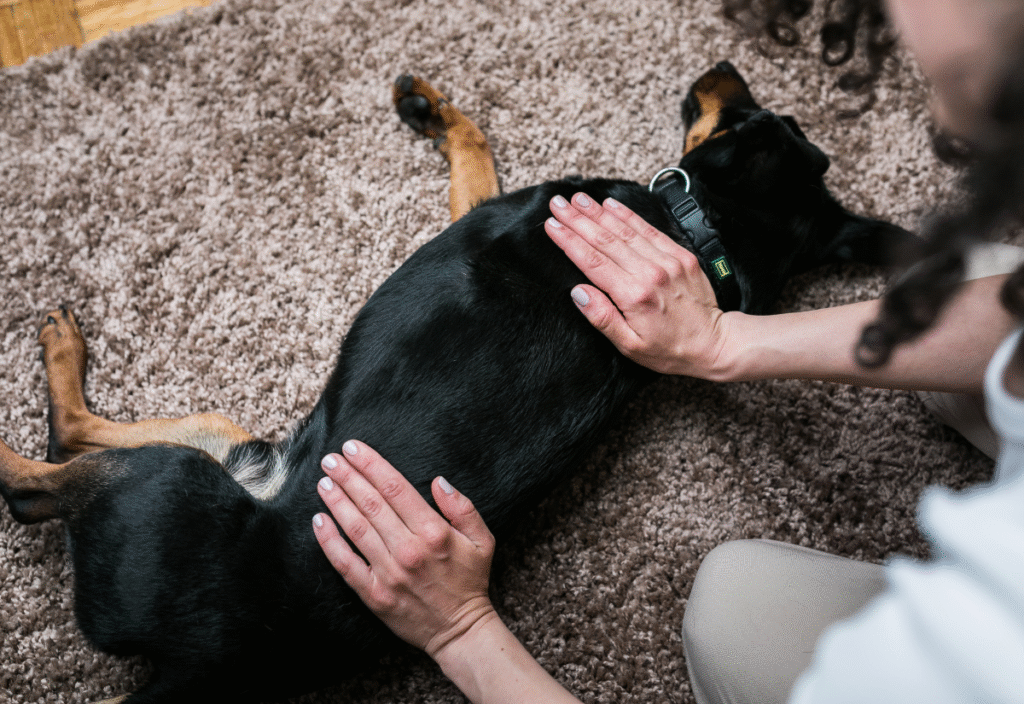
Why Massage Works Wonders for Aging Dogs
Joint pain in senior dogs typically stems from arthritis, hip dysplasia, or years of wear and tear on their hardworking bodies. When you incorporate massage techniques for senior dogs with joint pain into their care routine, you’re providing multiple therapeutic benefits:
- Enhanced blood circulation delivers vital nutrients to stiff muscles and joints
- Reduced inflammation promotes natural healing processes
- Muscle tension relief helps overworked muscles that compensate for painful joints
- Stress reduction through the release of endorphins and calming touch
- Improved flexibility and range of motion over time
Research shows that regular massage can significantly reduce pain levels and improve mobility in arthritic dogs, making daily activities more comfortable and enjoyable.
Essential Massage Techniques Every Dog Parent Should Know
1. Effleurage: The Foundation Stroke
Begin every session with effleurage – long, gentle strokes that warm up your dog’s muscles and establish trust. Using flat palms, glide slowly along your dog’s back, sides, and legs, always moving in the direction of hair growth. Start with feather-light pressure and gradually increase as your dog relaxes.
Pro tip: Watch your dog’s body language. Relaxed ears, soft eyes, and deep breathing indicate they’re enjoying the experience.
2. Circular Pressure for Targeted Relief
Once your dog is relaxed, focus on problem areas using small, circular motions with your fingertips. Apply gentle pressure around the hips, shoulders, elbows, and knees – areas where arthritis commonly strikes. Think of it as creating tiny, healing whirlpools that break up tension and stiffness.
Important: Never apply direct pressure to swollen joints. Work around them instead.
3. Compression Therapy
Place your hands on large muscle groups like the thighs, shoulders, or chest. Apply gentle downward pressure for 3-5 seconds, then slowly release. This technique helps flush out toxins while bringing fresh blood and nutrients to tired muscles.
4. Passive Range of Motion Exercises
After muscles are warmed and relaxed, gently guide your dog’s limbs through natural movements. Slowly extend and flex legs, or make gentle circular motions with their joints. These movements help maintain flexibility and prevent further stiffening.
Remember: If your dog resists or shows discomfort, stop immediately.
Critical Safety Guidelines
Before you begin practicing massage techniques for senior dogs with joint pain, keep these essential safety tips in mind:
- Always consult your veterinarian first – some conditions may require specific approaches
- Start slowly – limit initial sessions to 5-10 minutes
- Watch for pain signals like whining, panting, or attempts to move away
- Avoid inflamed areas that feel hot or appear swollen
- End on a positive note with gentle strokes and praise
Creating the Perfect Massage Environment
Transform your space into a healing sanctuary:
- Choose a quiet room with minimal distractions
- Use a comfortable surface like an orthopedic mat or soft blanket
- Dim the lights to promote relaxation
- Play calming music specifically designed for dogs
- Warm your hands before beginning – cold hands can cause tension
Recommended Products for Enhanced Comfort
Massage Tools
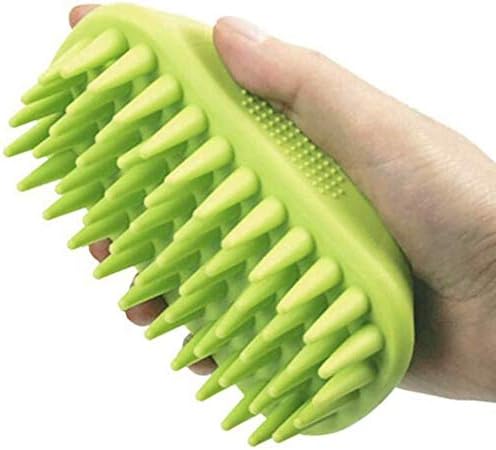
- Massage Brush – Gentle rubber massage brush perfect for sensitive skin
- Curry Brush – Dual-sided tool for massage and grooming
- Calming Cap – Helps anxious dogs relax during sessions
Supportive Products

- Orthopedic dog beds to support joints, relieve pressure points, and provide comfort
- Joint supplements containing glucosamine, chondroitin, and MSM
- Hemp oil for dogs (consult your vet first) for additional pain management
- Heated pet mats to soothe stiff joints before and after massage
Recovery Enhancement

- Omega-3 supplements to reduce inflammation
- Compression garments for ongoing joint support
When to Seek Professional Help
While home massage is wonderful, some situations call for expert intervention:
- Severe mobility issues or obvious pain
- Uncertainty about techniques – a certified canine massage therapist can teach you proper methods
- Complementary therapy needs like acupuncture, hydrotherapy, or chiropractic care
- Behavioral changes during massage sessions
Many veterinary practices now offer massage therapy, or can refer you to qualified professionals.
Beyond Massage: A Holistic Approach to Senior Dog Care
Massage works best as part of a comprehensive wellness plan:
Nutrition: High-quality senior dog food with joint-supporting ingredients like glucosamine and omega fatty acids
Exercise: Low-impact activities such as swimming, gentle walks, or physical therapy exercises
Environment: Non-slip rugs, raised food bowls, and ramps instead of stairs
Regular monitoring: Monthly weight checks and bi-annual veterinary examinations
Final Thoughts: The Gift of Healing Touch

Learning massage techniques for senior dogs with joint pain is one of the most meaningful gifts you can give your aging companion. Beyond the physical benefits, these moments of gentle touch communicate your love and dedication to their comfort.
Remember that every dog is unique – what works for one may not work for another. Be patient, observant, and always prioritize your dog’s comfort over technique perfection. With consistency and care, massage can become a cherished ritual that brings relief to your senior dog while deepening the incredible bond you share.
Start slowly, stay gentle, and watch as your faithful friend begins to move with greater ease and comfort. Your hands have the power to heal, and your dog’s grateful eyes will remind you why this loving care matters so much.
Always consult with your veterinarian before beginning any new treatment regimen for your senior dog. This article is for educational purposes and should not replace professional veterinary advice.
💌 Want more tips on caring for your senior dog?
Join our email list here to receive free resources, guides, and heartwarming stories tailored to life with older dogs.


